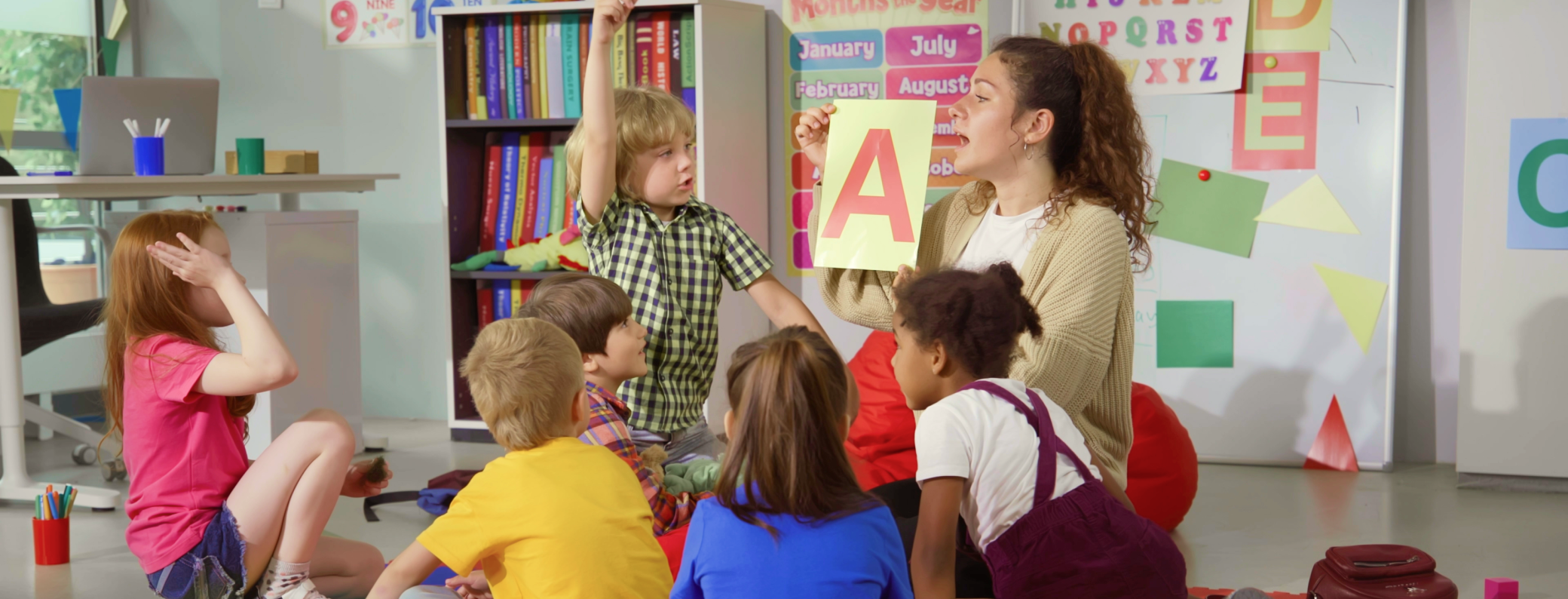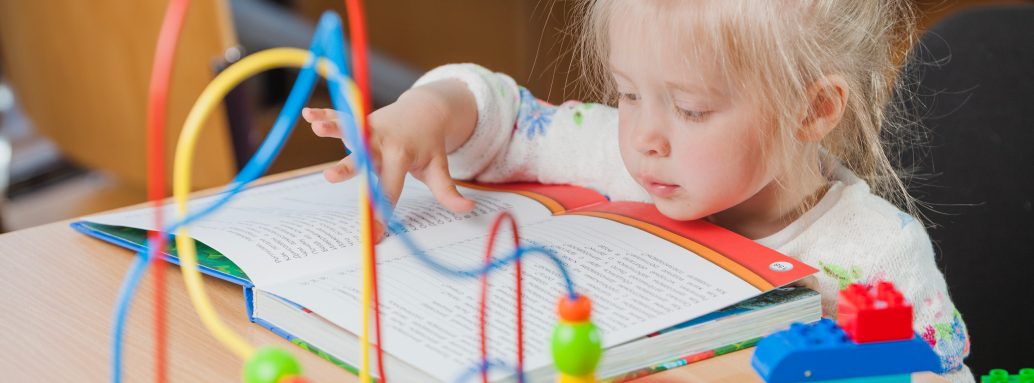At a time when wellness is being prioritized in every field, we cannot help but feel that only dimming lights are being shed on early years teachers around the world. In an attempt to understand wellness, and reflect on the latest coping and supporting techniques.
Understanding Wellness For Early Year Teachers
What is wellness? Simply put, it is evaluating the overall mental and physical well-being of an individual. The frequent and correct awareness and assessment of teachers’ and carers’ wellness are directly linked to that of the children. Adults working in the childcare setting carry on various roles and subject themselves to many upheavals.
Therefore, factoring in their physical and emotional welfare is a must. According to Ontario’s Ministry of Education, respecting, listening to, and valuing educators for their work supports their overall well-being.
It makes complete sense that whenever individuals feel appreciated, they will perform their jobs more effectively. Bearing this in mind, the correlation between preserving a flourishing environment for children and their development and educators’ performance and wellbeing becomes crystal clear.
“Children are at the greatest risk when the people caring for them are experiencing persistent and severe adversities.” (Ontario Ministry of Education, 2014)
Critical Reflection Can Help You
“Critical reflection is at the heart of being an effective teacher,” explains Walkington, Christensen, and Kock in the European Journal of Engineering Education. The former applies in all growing fields of education, precisely in early childhood education and care. The changing circumstances in the educational systems, specifically after the pandemic, have massively altered and impacted child care centers and preschool programs.
Furthermore, educators are constantly surrounded by numerous beliefs and values that differ from theirs. They, too, are expected to cope and utilize these approaches in their workplace. By using critical reflection methods, the teachers can be aware of their core emotions, separate their thoughts, and act accordingly. Reflection through many practices, including mindfulness and quality time. These help educators deal with conflicting situations as well as discover what could be an unpopular opinion or emotion.
On a relative note, these forms of constructive exercises assist in broadening the teachers’ horizons, tapping on new potential, and unleashing their creativity.
“Critical reflection is a personalized tool available to every practitioner in mediums such as journaling, conversations with colleagues, reading or research, a creative outlet, etc. Just as pedagogical documentation offers insight into children’s thinking, feeling, and worldview (Wien, 2013), critical reflection can illuminate those of educators.”
How Can Teachers Cultivate A Supportive Community?
There are numerous ways to create a sustainable change within your childcare center when it comes to the teachers’ well-being. According to Professional Development in Early Childhood Programs: Process Issues and Research Needs, Early Education and Development:
1. Mutual respect
Laying a solid foundation for unanimous respect and support helps teachers feel safe and refreshed.
2. Professional development opportunities
Teachers and carers may get flustered when they sense that they’ve gotten out everything they possibly can from their positions. When passion fades and the absence of developmental journey surfaces, individuals get demotivated.
3. Acknowledging and rewarding efforts and bits of intelligence:
Appreciation and acknowledgment of teachers’ accomplishments are great ways to raise self-esteem and value.
4. Creating a reflection space
Conducting meetings solely to communicate common worries between colleagues, navigating tensions, and having talks about mental health and wellbeing within the workplace is always a good idea.

5. Establishing professional affirmations
Affirmations create a proactive workplace. They allow teachers to think and feel in a constructive manner, and avoid feelings of wearing out and stress.
6. Increase awareness of workplace wellness and work-life balance
The integration of mental health literacy in all major decision-making, day-to-day tasks, and futuristic visions of the daycare center helps in eliminating stigma. It also ensures that teachers, managers, and supervisors are aligned with the organization’s core values. Wellness befriends open-door policies; When a center constantly seeks feedback from staff and prioritizes their needs, employees will pay more attention to their work goals and maintain a balance between their jobs and personal lives.
7. Invest in workplace management tools
Management software is a quick fix to everything childcare center-related. Parent facilitates and automates day-to-day tasks, and allows managers and teachers to focus more of their attention on the children’s needs. The app takes care of all documentation and administrative work in seconds. Moreover, it keeps parents informed about everything in their children’s lives. In conclusion, it enables teachers to relax and connect more with their students and with parents as well. Isn’t this what we all need?
“Working with Parent made me feel like I have a better and much bigger overview of our child care center because all functionalities are gathered in one place.”
Gine Brøndum Hansen, Head of Børnehaven Lindehuset
Billing, Invoicing Automation & Smart Finances
Communication & Engagement
Child Development & Progress
Waitlist, Forms & Attendance
Effortless Team Management
Daily Updates That Matter
Templates & Printables
Blogs
Webinars
Case Studies & Testimonials
FAQs
Help Center




